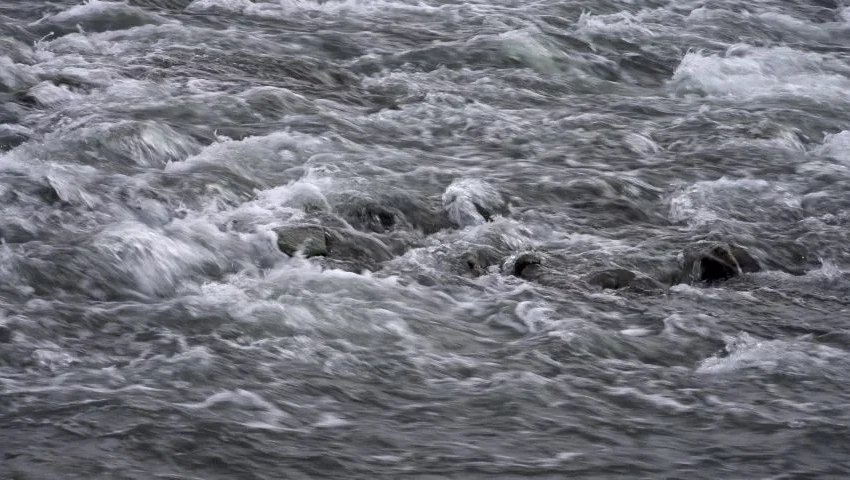
To fully appreciate the nature and power of an appreciative perspective regarding learning, we begin with acknowledging that we should be in the business of establishing mutual respect with our colleagues in a working environment. With them we are in a mutual search for discovery of distinctive competencies and strengths. The goal is not to change intentions (goals, purposes, etc.), but to help others (and us) fulfill existing aspirations. (Srivestva, Cooperider and Associates, 1990) The term appreciation itself has several different meanings that tend to build on one another; however, appreciation refers first to a clearer understanding of another person’s perspective. We don’t try to change this perspective (moving into one of the other subsystems of the whitewater world); rather, we come to appreciate the point of view being offered at the present time by our colleague(s).
Appreciation also refers to an increase in worth or value. A painting or stock portfolio appreciates in value. The painting doesn’t have to be altered nor does the stock portfolio need to be modified. Value can increase even if no movement is taking place. Van Gogh looked at a vase of sunflowers and in appreciating (painting) these flowers, he increased their value for everyone. He doesn’t have to alter the arrangement or replace the sunflowers with roses. Nothing needs to change for value to increase. Van Gogh similarly appreciated and brought new value to his friends through his friendship: “Van Gogh did not merely articulate admiration for his friend: He created new values and new ways of seeing the world through the very act of valuing.” (Cooperrider, 1990, p. 123)
From yet another perspective, the process of appreciation concerns our recognition of contributions that have already been made by another person: “I appreciate the efforts you have made in getting this project off the ground.” Appreciation can be exhibited in a constructive manner through the daily interaction between an administrator and her associates. It involves mutual respect and active engagement, accompanied by a natural flow of feedback, and an exchange of ideas. More specifically, appreciation is evident in attitudes regarding the nature and purpose of work. If the administrator “sees work as the means whereby a person creates oneself (that is, one’s identity and personality) and creates community (that is, social relations), then the accountability structure becomes one of nurturing and mentoring.” (Cummings and Anton, 1990, p. 259)
Appreciation in an organizational setting also refers to recognition of the distinctive strengths and potentials of people working within the organization. An appreciative culture is forged when an emphasis is placed on the identification and honoring of inherent potential and the uncovering of latent strengths that already exist in the system. This approach contrasts with one which focuses on identification of weaknesses or deficits that precipitate movement and change in the system. People and organizations “do not need to be fixed. They need constant reaffirmation.” (Cooperrider, 1990, p. 120)
Paradoxically, at the point that someone is fully appreciated and reaffirmed, they will tend to live up to their newly acclaimed talents and drive, just as they will live down to their depreciated sense of self if constantly criticized and undervalued. Carl Rogers suggested many years ago that people are least likely to change if they are being asked to change and are most likely to change when they have received positive regard—what we would identify as appreciation. It seems that rich, insightful learning can occur in a non-moving subsystem. This might even be the most important learning to take place in a whitewater world—for it is easy to forget where we are right now when we are always looking down the turbulent river at new challenges that await us. We might be able to use what we can now know and engage wisdom that we now have in meeting these awaiting challenges.
Download Article














